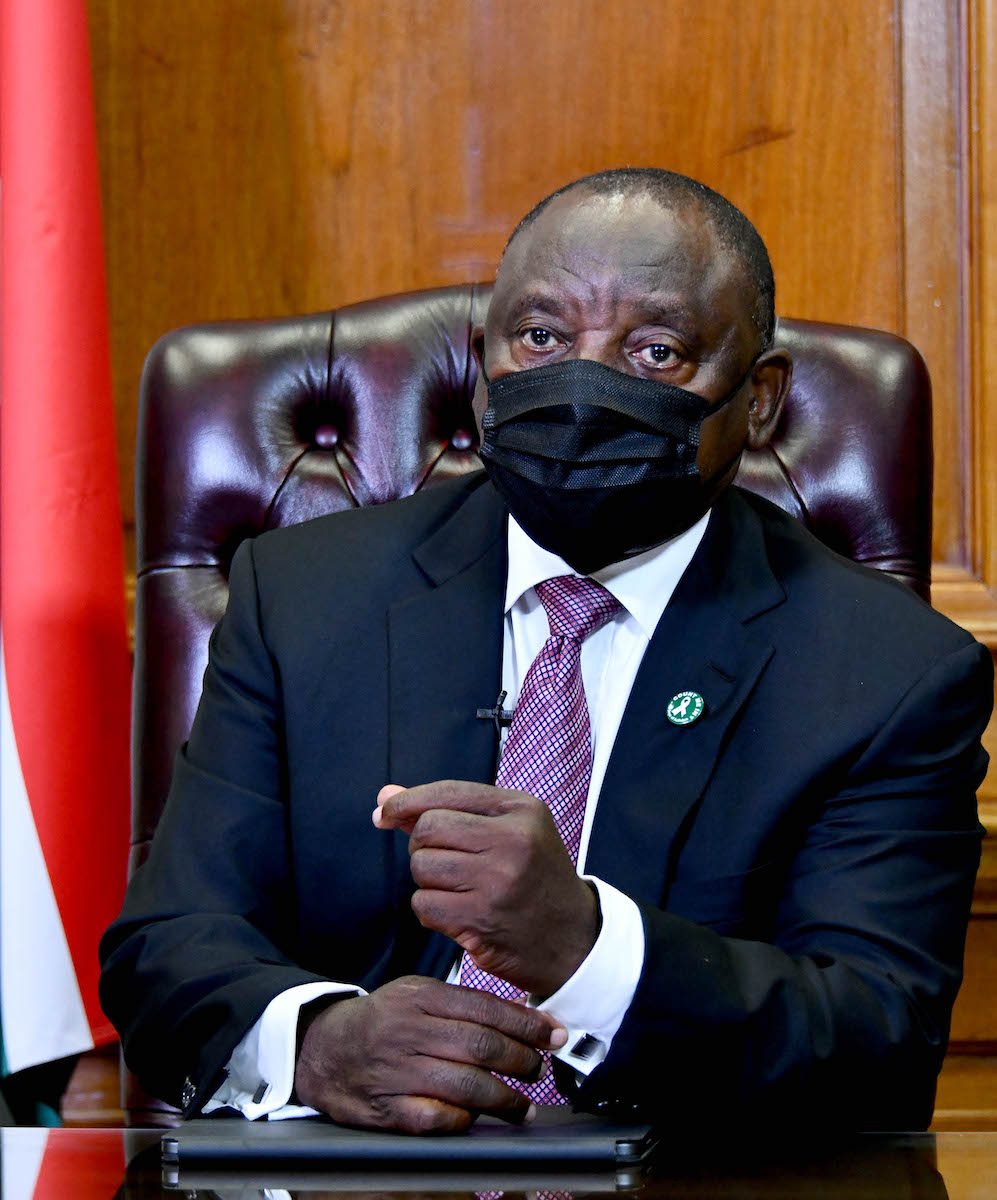An unprecedented surge of COVID-19 infections has led to skyrocketing rates of hospitalizations and deaths all throughout India, according to Reuters. For 17 days straight, the country reported 300,000 daily infections, bringing the country’s total infections to 21 million cases on May 6.
India, with a population of 1.3 billion, is the world’s second most populated country, and many people live in close proximity to one another in densely inhabited cities, towns and neighborhoods.
India’s healthcare system has been overwhelmed by the country’s second wave of infections. Entire families have tested positive for COVID-19, filling hospitals with people of all ages. The overflow of patients has led to a critical shortage of beds and space, forcing many hospitals to turn patients away.
According to NBC, Praveen Durge, a 40-year-old teacher from the city of Chandrapur, went to a private hospital to receive treatment when he began showing COVID-19 symptoms. The hospital had no beds available, so he was turned away with nothing but cough medicine to soothe his sore throat. Only a day later, Durge’s symptoms worsened dramatically, and he could no longer breathe properly. Durge’s family put him in their car and drove for over three hours to 12 different hospitals in Chandrapur, but not one hospital could admit him. When they made it to the last hospital on their list, he passed away in the backseat.
“Not one single doctor even came out to take a look at my brother, even as we begged them to,” said Durge’s sister Ujwala, who was with him in the car when he died, as reported by NBC. “We were so distressed, we even begged the doctor to let him sleep on the hospital floor. Everyone said no.”
Indian hospitals are not only low on beds, but many are also lacking basic and essential medical supplies. One serious issue has been the wide-spread scarcity of medical oxygen. The Times of India reported 20 COVID-19 patients died at Jaipur Golden Hospital on April 23 due to a delayed oxygen shipment.
“When the oxygen supply didn’t arrive for five hours, we had to use 50 big cylinders kept in reserve to continue oxygen therapy to our patients. It couldn’t deliver oxygen with the required pressure, leading to the death of some of our critically ill patients,” said Dr. D. K. Baluja, medical director of the hospital. “It is a combined failure of all of us. It is a catastrophic man-made disaster.”
Unable to get the help they need from their country’s infrastructure, thousands of Indians have been turning to social media for help. Some are looking for available hospital beds in their home states, while others are trying to get various medications so they can treat the disease at home.
India has banned exports to keep the country quarantined, and national pharma manufacturers are trying their hardest to meet the demand. The drug shortages have led to a growing black market in Delhi and other big cities.
The second wave has also put a serious strain on cremation services throughout India. Some crematoriums have been running their furnaces continually due to the high number of incoming bodies, leading to maintenance issues.
“Before the coronavirus outbreak last year, around 20 bodies were cremated everyday,” said Kamlesh Sailor, a manager at Kurukshetra Crematorium in Surat. “At present, we are handling about 100 bodies per day.”
In late January, when daily cases fell to an all-time low, the government declared it had beaten the coronavirus and lifted restrictions on big gatherings and religious festivals.
However, health experts believe that this surge has been caused by a newer, more dangerous strain of the coronavirus.
“While complacency in adhering to masks and physical distancing might have played a role, it seems increasingly likely that this second wave has been fueled by a much more virulent strain,” wrote Vikram Patel, Professor of Global Health at Harvard Medical School, in The Indian Express.
Indian Prime Minister Narendra Modi has been heavily blamed for the recent surge of infections due to his handling of the pandemic. As the coronavirus spreads and the death rate increases, the Prime Minister has not responded with any lockdowns or social distancing laws. Instead, Modi has allowed huge festivals to take place, like the religious Kumbh Mela festival in Uttarakhand, which was attended by millions of Hindu devotees, according to BBC.
Modi has also encouraged Indians to vote “in person” for his political party, the Bharatiya Janata Party, which has been running for the state assembly election in West Bengal. On April 17, tens of thousands attended Modi’s rally in the state, while thousands of Indians and their families suffered from the coronavirus in hospitals across the country. Only two days later on April 19, #ResignModi became the top trending hashtag on Twitter in India.
Countries across the world along with international relief organizations are in the process of providing aid to the country. PBS has compiled a list of organizations that people outside of India can donate to.
Even with outside assistance, however, some wonder whether help is coming too late due to Modi’s leadership.
“How many deaths does it take ‘til he knows, that too many people have died?” Nirupama Menon Rao, a former foreign secretary, wrote on Twitter.





